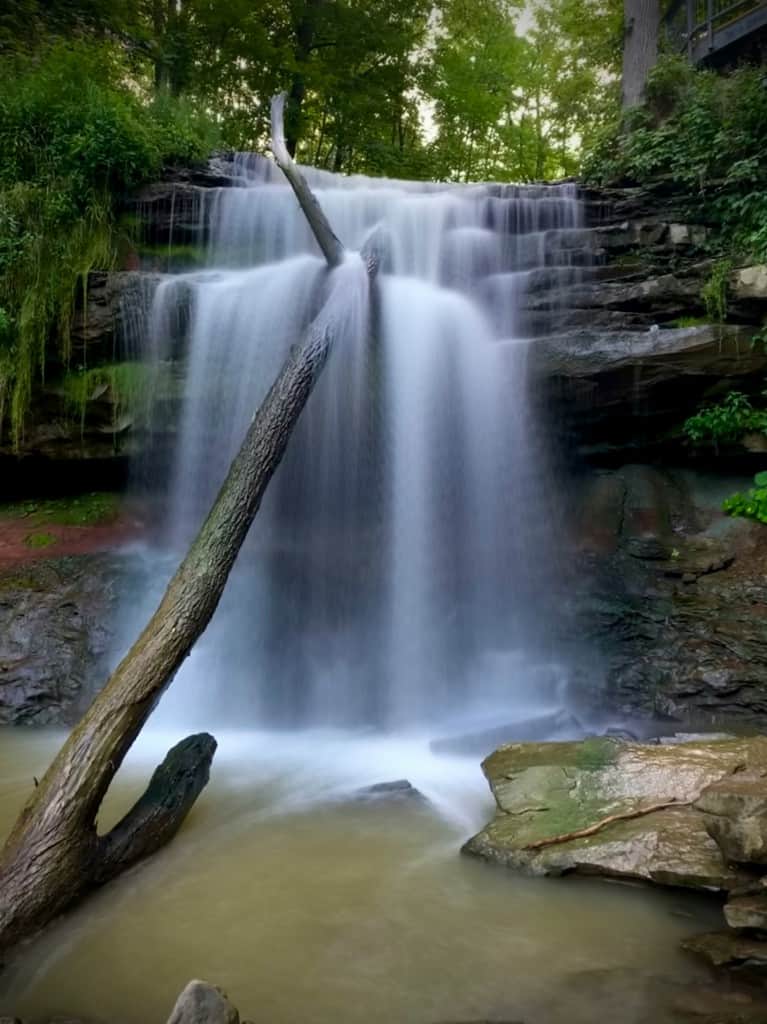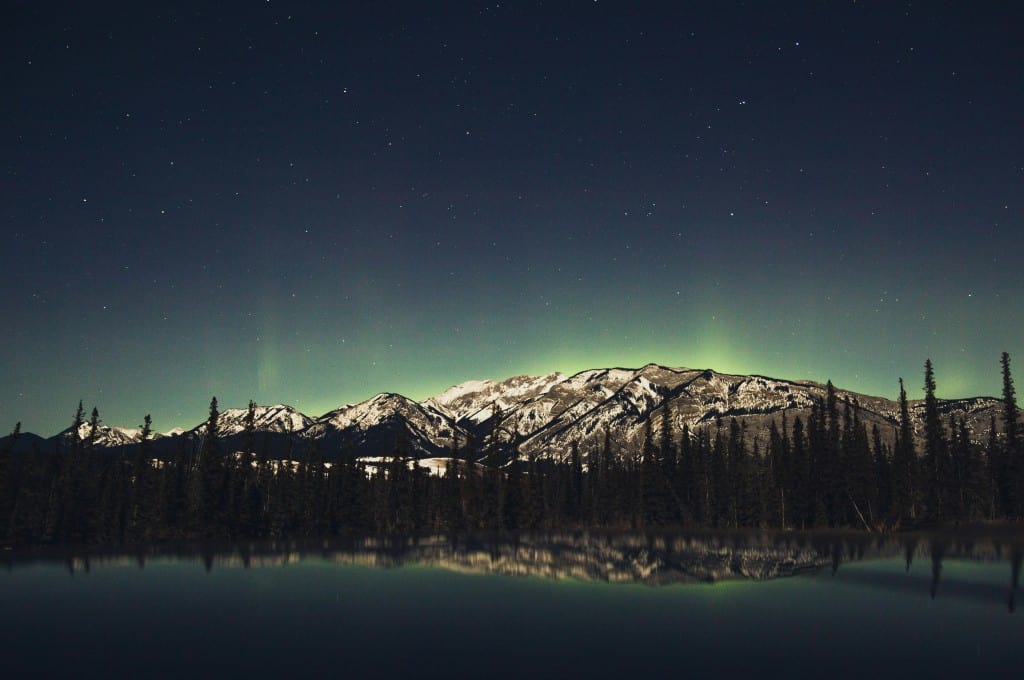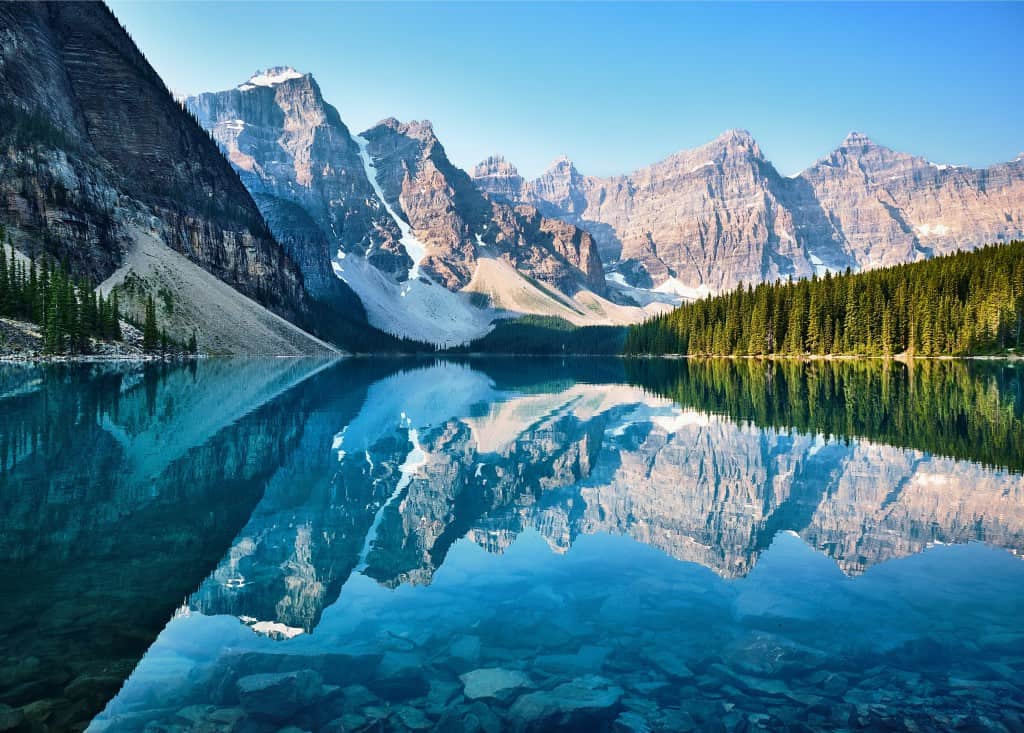A hiker’s guide to Canada’s diverse landscape
From day jaunts to epic expeditions
Whether you’re a local looking to explore your backyard or an international visitor planning a Canadian adventure, this huge nation offers amazing hiking journeys for first timers, intermediate enthusiasts and hard-core experts.
battleface reviews a variety of hiking experiences from all of Canada’s provinces and territories as well as tips and guides for a better, safer passage.
Gros Morne Mountain Trail, Labrador Island, Newfoundland
Just under 17 kilometres (10.5 miles) this trek climbs to the second highest peak in the province, making the area one of the most popular hiking regions in Canada with its amazing views of glacial-carved valleys. Hikers call this trail ‘challenging’ with first and last sections flat and easy and the climb and descent requiring some degree of fitness and skill.
Les Deux-Criques Trail, La Mauricie National Park, Quebec
Taking its name from 2 creek crossings, this 17-kilometer (10.5 miles) trail in La Mauricie National Park is a difficult 7-hour journey due to the up-and-down terrain. The most photographed point on this hike is the Ruisseau du Fou waterfall at the far end of the trail which makes up the final leg of the 75-kilometer Laurentians backpacking trail.
Top tip: The most essential gear you need for your hike are boots and socks. Don’t skimp on getting well-fitting hiking boots – preferably waterproof – and the correct socks. Your feet will thank you!

The Bruce Trail, Hamilton, Ontario
One of Canada’s most famous hiking experiences starts at the Niagara River and continues for 890 kilometres (553 miles) to Tobermory. Set aside at least 30 days to complete this hiking marathon – but if you’re feeling energetic, then the record of 8 days and 22 hours set in 2021 is there for you to beat!
Top tip: Do some research on the best hiking app for your journey. Downloading detailed maps and waypoints to your GPS phone or watch will keep you on the right route or allow you a scenic detour without losing your way.
Rice Creek Tower Trail, Porcupine Provincial Forest, Manitoba
This 32-kilometre (14 miles) trek is an in-and-out route that takes hikers to some of the best views in the province overlooking the Manitoba Lowlands. The climb ascends to 400m and will take walkers past Red Deer Lake with views of the Pasqua Hills. Expect to see horses. This route, which though challenging, should take hikers from mid-morning till early evening to complete.
The Boreal Trail, Meadow Lake Provincial Park, Saskatchewan
Averaging a steady 20 to 30 kilometres a day should see hikers complete the 130km (81 miles) Meadow Lake trek in 5–6 days. Permits are required for all hikers, which will also grant access to the marked camp sites for overnight camping. Like many other Canadian hies of this nature, hikers need to be well prepared for the wildlife they’ll encounter on the way!
Top Tip: Bears, moose, caribou, wolves, bobcats and coyotes are Canadians, too, and most of the best hikes take humans through their habitat. Bear spray is an essential for hiking in the wilderness, as is knowledge of the difference between brown and grizzly bears and how to react if (or when) you encounter them.

Cavell Meadows Park, Jasper National Park, Alberta
The Cavell Meadows route is a critical woodland habitat for caribou and has a stunning display of wildflowers from July to August. Although only 7 kilometres (4 miles) in length, its rated as a difficult walk and will take 3-5 hours for most hikers. The views of mountains and amazing scenery make this trail one of the most popular in the province.
Top tip: Seasonal weather will play a significant role in any decisions to hike, or not. Aside from getting daily and weekly forecasts, hikers need to understand that weather conditions in the mountains are constantly changing and are often the biggest challenge. The most popular months for hiking in Canada are July to September.
The Iceline Trail, Yoho National Park, British Columbia
What makes the full Iceline Trail outstanding are the views hikers get of the Takakkaw Falls and panoramic sights of Yoho Valley and Emerald Glacier. Day-trippers will also come across glacier fed streams and views of three mountain peaks – the Vice President, Whaleback and Isolated Peak – all visible in mild weather along the 22 kilometres (14 miles) journey. A minimum of 5 hours is needed for the full experience.
Slim’s River West Trail, Kluane National Park, Yukon
This 65-kilometre (40 miles) trek takes hikers on a loop though Kluane National Park to the summit of Observation Mountain and back over 3 – 4 days. The untouched magic of the Yukon is on full display with incredible views of the Kaskawulsh glacier the reward for navigating wetland marshes and the harsh terrain throughout.
Top tip: ‘Leave No Trace.’ Your journey into Canada’s wilderness should abide by these 7 principles: Plan and prepare – Travel and camp on durable surfaces – Dispose of waste properly – Leave what you find – Minimize campfire impacts (be careful with fire) – Respect wildlife – Be considerate of other visitors
The Canol Heritage Trail, Norman Wells, Northwest Territories
Said to be one of Canada’s most rigorous backpacking trails, the Canol is a 355-kilometre (220 miles) journey that follows an old military road through the Mackenzie Mountains to the border with Yukon. It is an exercise in self-sufficiency and endurance, requiring three weeks to complete, while carrying food, survival gear and an inflatable raft to cross numerous, glacier-fed rivers.
The Akshayuk Pass, Auyuittuq National Park, Nunavut
‘Mountain drama’ best sums up this hiking route the passes across the Arctic Circle and taking in the peaks of the iconic Mount Thor, Mount Asgard, and the South Baffin Mountain range. The journey transverses glacial valleys with stops along rivers, and summit lakes. All hikers are required to stay in the park cabins overnight to stay safe from the elements and unwanted animals. Permits from Parks Canada are mandatory for this 100-kilometre (62 miles) journey that should take 3-4 days for experienced hikers.
Top tip: Know before you go! For the ultimate guide to hiking in Canada, check out information on your preferred destination with Parks Canada.
Exploring the wilds of Northern Canada? Start with these INTREPID travel blogs









